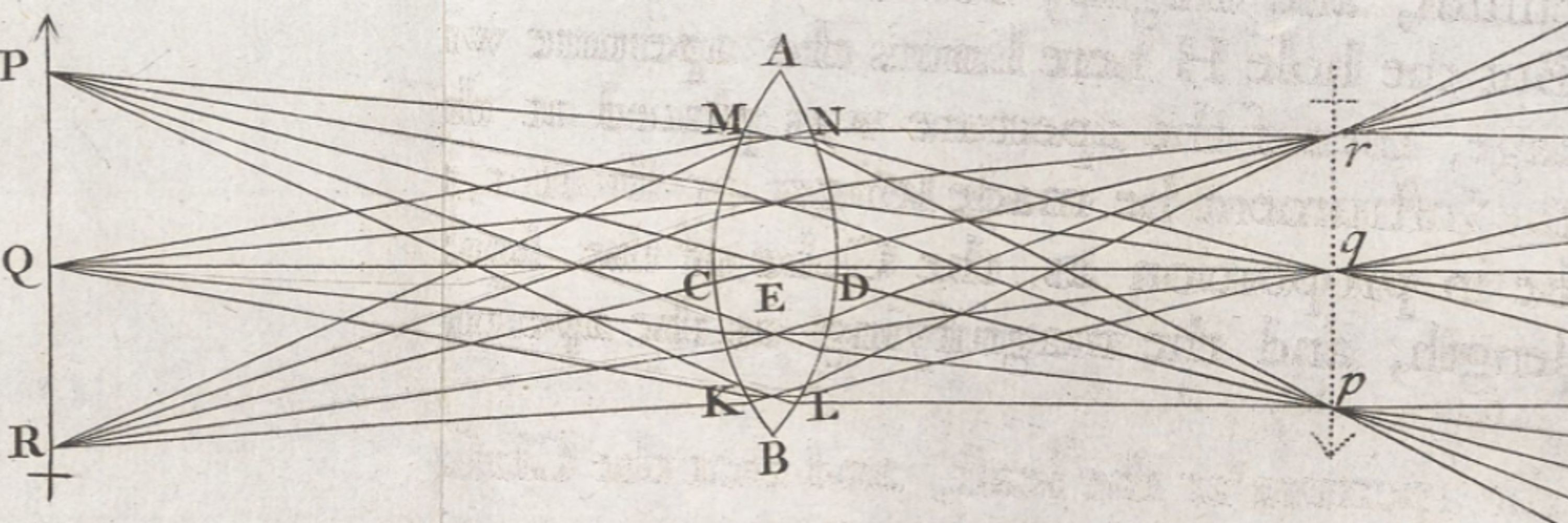
Regular contributor for JSTOR Daily. Work in Aeon, Atlas Obscura.
History Blog: invertingvision.com

Source:
sustainability.stanford.edu/news/vintage...



Source:
sustainability.stanford.edu/news/vintage...
From NASA: www.nasa.gov/history/alsj...

From NASA: www.nasa.gov/history/alsj...
While in the Galapagos, Charles Darwin employed a variety of observational techniques. This included...riding the tortoises?
#histsci 🧪

While in the Galapagos, Charles Darwin employed a variety of observational techniques. This included...riding the tortoises?
#histsci 🧪
Source: www.nasa.gov/history/alsj...

Source: www.nasa.gov/history/alsj...



LOIII image: NASA/Boeing
Surveyor: NASA/LPI


LOIII image: NASA/Boeing
Surveyor: NASA/LPI
LOIII Image: NASA/Boeing, from contractor report for LOIII
Surveyor III image: NASA/Lunar and Planetary Institute (LPI)


LOIII Image: NASA/Boeing, from contractor report for LOIII
Surveyor III image: NASA/Lunar and Planetary Institute (LPI)
🔭
Credit: NASA/Goddard

🔭
Credit: NASA/Goddard


More info in 🧵 (1/3)
From NASA/Ames/LOIRP

More info in 🧵 (1/3)
From NASA/Ames/LOIRP
From Scott Polar Research Institute's Freeze Frame collection. Reference: P2005/5/1495
#Antarctica #history

From Scott Polar Research Institute's Freeze Frame collection. Reference: P2005/5/1495
#Antarctica #history
"By 1900, the image of the startled man and this feline-reptilian dragon was frequently reproduced in histories of mountaineering as visual shorthand for a narrative of secularization and disenchantment... (1/3)

"By 1900, the image of the startled man and this feline-reptilian dragon was frequently reproduced in histories of mountaineering as visual shorthand for a narrative of secularization and disenchantment... (1/3)


The Orbiter stripes are neat - they make me imagine the Kodak engineers piecing together 35mm film strips.


The Orbiter stripes are neat - they make me imagine the Kodak engineers piecing together 35mm film strips.
I'm particularly interested in the history of lunar and planetary science.
#history #science #technology #exploration

I'm particularly interested in the history of lunar and planetary science.
#history #science #technology #exploration




